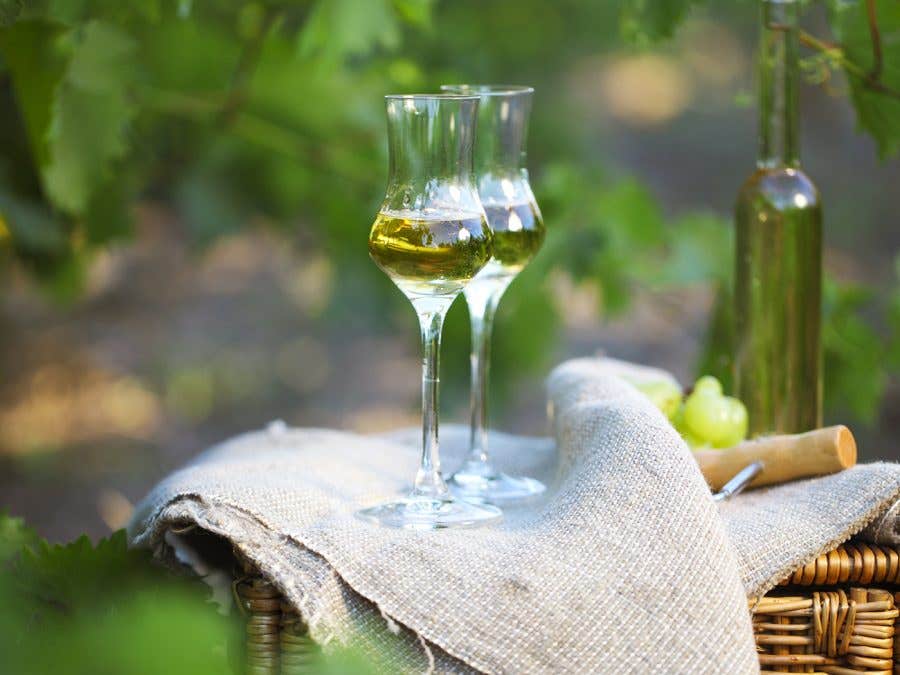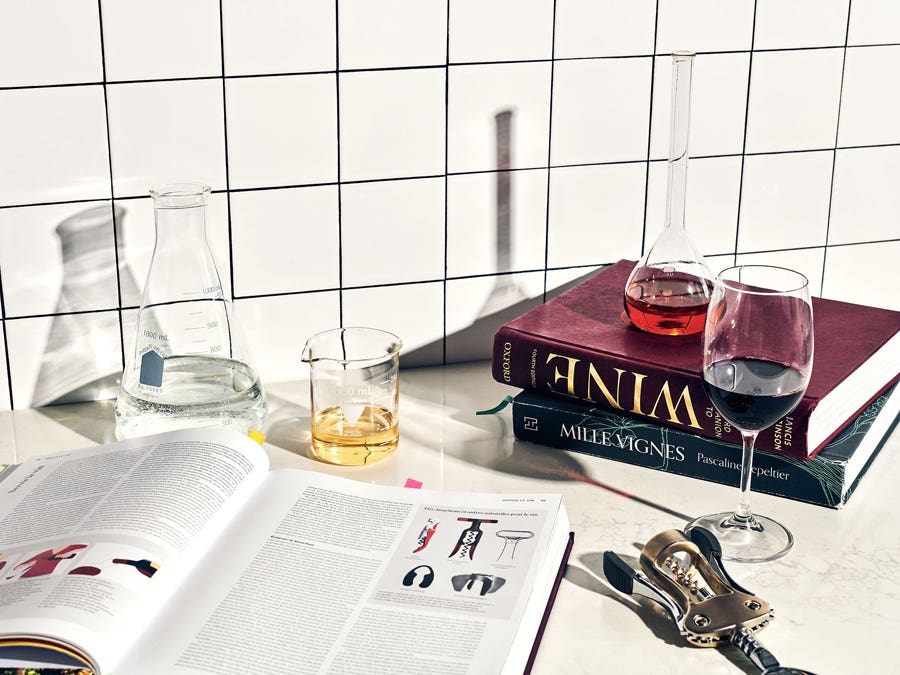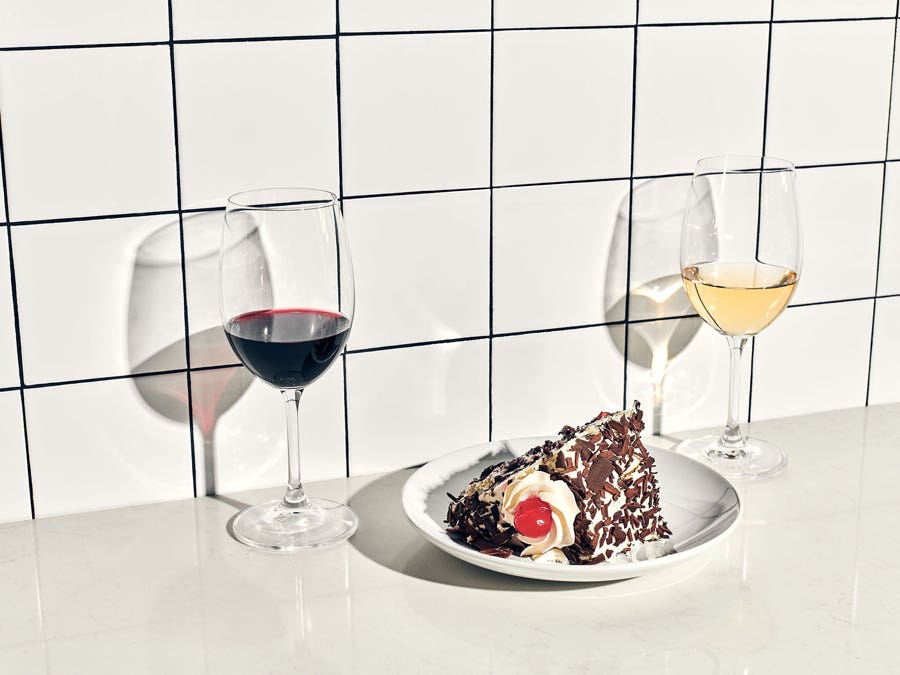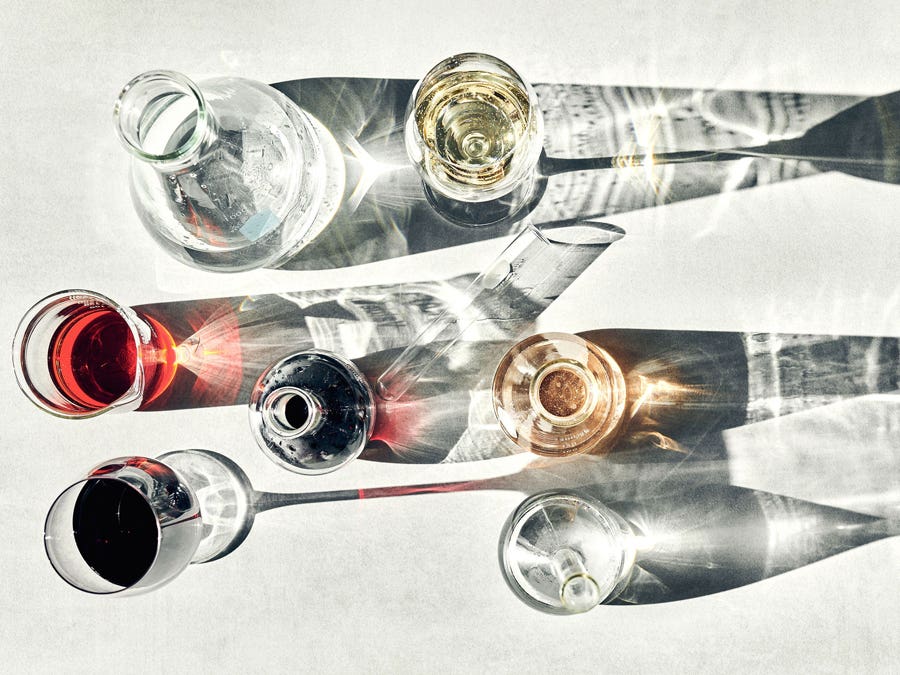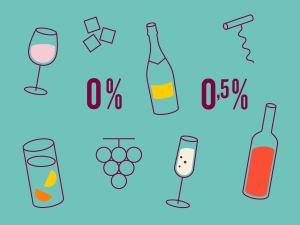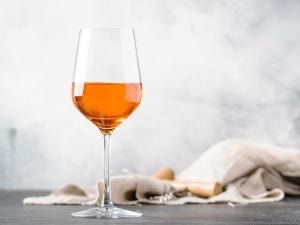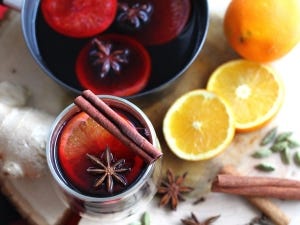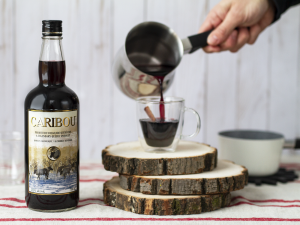Traditionally produced in Bassano del Grappa, in the north of Veneto, grappa is a pomace brandy, or marc, made from grapes. It is produced by gathering everything left over after grapes are pressed for making wine—including the skin, stems and seeds—and distilling them through the use of indirect heat. Once the liquid of these “leftovers” has evaporated, it is cooled to produce condensation. That’s how you get grappa!
While it might seem simple, a closer look at the boilers and vapour stills at work will show you what a complex process it is…
There are several types of grappa:
Grappe giovani (young grappa)
This grappa is immediately put into the bottle after it is distilled. A white colour, it has a dry taste with more subtle aromas.
Grappe invecchiate (aged or refined grappa)
Aged grappa spends 12-18 months in wooden casks. The wood gives it a more complex structure, allowing it to develop stronger flavours and more diverse aromas. The colour of a refined grappa can vary between pale yellow and amber.
Grappe aromatiche (aromatic grappa)
Here, spices, herbs or berries are among the additives used to contribute a certain flavour or bring out the grappa’s own aromas. Other additives can also be used to give the grappa medicinal, stimulant, or other beneficial qualities.
Grappe di monovitigno (single-varietal grappa)
The name “di monovitigno” applies only if 85% of the pomace brandy used comes from a single grape varietal. Giannola Nonino, from the Nonino distillery, was the first to produce a single-varietal grappa in the early 70s. These marcs came from the picolit grape.
How to savour your grappa
To bring out all the best a grappa has to offer, you have to serve it chilled.
For a young grappa, it’s best not to go over 10° Celsius, whereas an aged grappa will have a stronger character at around 12 or 13 ° Celsius. Therefore, it is recommended to store in the fridge.
Otherwise, a tulip-shaped crystal is the best glass for grappa, because it will allow you to appreciate the colour, brilliance and clarity. Furthermore, the narrow form of the glass prevents the aromas from escaping, and the brandy’s perfumes won’t be masked by alcohol: the liquid stays at the bottom of the glass and not directly under the nose.
If you don’t have tulip-shaped glasses, a cognac or white wine glass will do quite nicely.
Discover the SAQ's spirit of knowing blog to improve your knowledge and amaze the gallery
-
Read more
Want to stay in the know about what’s happening in the world of wine and spirits, and take a deeper dive into this subject? Expert sommeliers and collaborators share some of their favourite resources on a myriad of topics.
-
Read more
Everyone’s heard or used the expression “food and wine pairing.” Most people know some of the basic principles and may even have their own winning combos, but what about the mismatches that can sour a tasting experience?
-
Read more
When tasting wine, what happens to the human body on a chemical and physiological level? Why do some people detect certain aromas, while others perceive something entirely different? How does it all work?
 Access to SAQ Inspire personalized services and store inventories are unavailable at the moment.
Access to SAQ Inspire personalized services and store inventories are unavailable at the moment. Free in-store delivery with purchases of $75+ in an estimated 3 to 5 business days.
Free in-store delivery with purchases of $75+ in an estimated 3 to 5 business days. 
